Nettles helping to bring back island's corncrakes
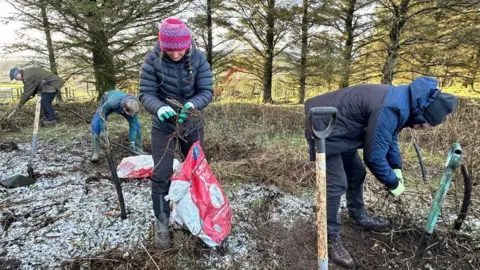 BBC
BBCThe population of corncrakes on Rathlin Island is being "positively" maintained with the help of an annual nettle dig, the Royal Society for the Protection of Birds (RSPB) has said.
Since the 1970s, the corncrake population has hugely declined leading to them becoming a red listed species in the UK and Ireland.
However, the Giving Corncrake a Home Project encouraged the bird to return to Rathlin Island in 2014 and since then, up to five corncrakes have been spotted.
Anne Guichard, a RSPB conservation officer, recognises the "numbers are still very low" as the organisation hopes to see more return.
'Corncrakes love nettles'
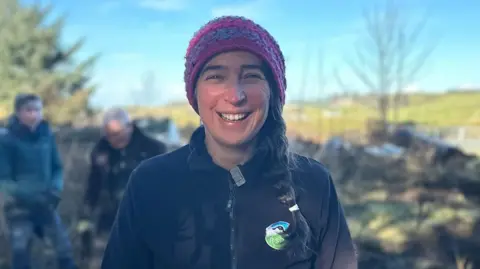
The project, which is held during the winter months, harnesses the help of farmers, landowners and volunteers to provide tall vegetation for corncrakes to hide in.
"We dig nettle roots which we call rhizome, we wash them and then we bring them onto Rathlin Island," Ms Guichard said.
"Corncrake love nettles because they are a plant which grow quite early in the season.
"When they come back from migration in April, the grass in the middle will be very short so the nettle bed we will have built around the field margin will have grown enough for them to hide when waiting for the grass in the middle to grow."
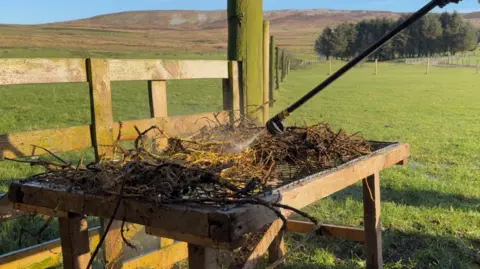
Once the nettle roots are picked they are washed by a pressure washing to remove any unwanted seeds or invertebrates.
Soil is also removed during the wash which makes the roots lighter to transport.
In 2024, the RSPB covered 250 sq m of Rathlin Island with nettle rhizomes.
During the winter months of 2024/2025, the RSPB and its volunteers have gathered about 14 tonne bags of nettle rhizomes.
About three to four calling males have been recorded from 2022-2024.
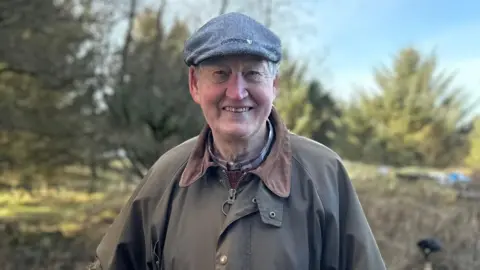
One of the volunteers, Patrick O'Donnell, has a special connection with the project.
In the early 1950s, from the age of three to eight, Mr O'Donnell lived on Rathlin Island. His mother was from the island and his father was the lighthouse keeper.
"I had five happy years on Rathlin and it was during that time on my granda's farm that the corncrake was living on Rathlin then and I actually saw one," Mr O'Donnell said.
David Murphy and Arthur Watson also took part in the initiative to give corncrakes "a hand".
Mr Murphy said the project builds on other initiatives which have been carried out on the island.
"I think it is important to go back to the recent attempts to get rid of both the ferrets and the rats and I think that also helps the corncrakes," Mr Murphy said.
Mr Watson recalls hearing the corncrake's distinctive call in Londonderry "years ago".
"Farming was different, it was less intensive and there maybe wasn't as many cats especially," he said.
"There were corncrakes in Donegal as well and they disappeared off the radar so I would like to help to bring them back."
Biodiversity loss is 'frightening'
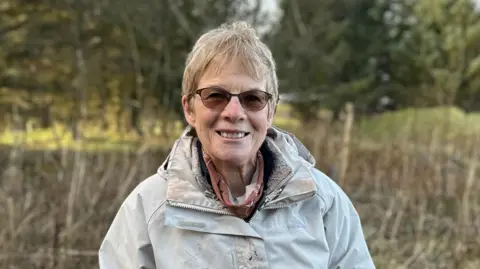
Glenise Morgan, who helped out at the nettle dig in Ballycastle, said it is "frightening how much we are losing biodiversity".
"I live in a rural area and you can just see how the fields are no longer supporting wildlife, hedges being cut down, the grass being cut," she said.
"I thought get rid of nettles as soon as you could, now I realise they are so good for wildlife."
